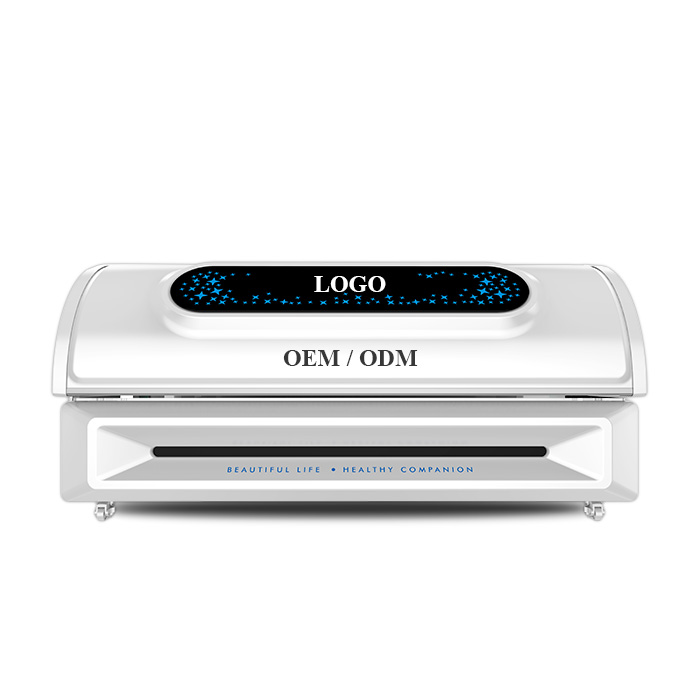
Phototherapy is a type of therapy that uses light to treat various medical conditions, including skin disorders, jaundice, and depression. Phototherapy beds are devices that emit light to treat these conditions. There are two types of phototherapy beds: those with pulse and those without pulse.
A phototherapy bed (red light therapy bed) with pulse emits light in intermittent bursts, while a phototherapy bed without pulse emits light continuously. Pulsing is often used in medical settings to reduce the risk of skin damage from prolonged exposure to light therapy, especially for those with sensitive skin.
The main difference between phototherapy beds with pulse and those without pulse is the way the light is emitted. With pulse, the light is emitted in short, intermittent bursts, allowing the skin to rest in between pulses. This can be beneficial for patients who are sensitive to light, as it reduces the risk of skin damage from prolonged exposure.
On the other hand, phototherapy beds without pulse emit light continuously, which can be more effective for some conditions. For example, patients with severe skin conditions may require longer exposure to light therapy to see improvement.
There is some debate in the medical community regarding the effectiveness and safety of pulse phototherapy compared to non-pulsed phototherapy. While pulsng can reduce the risk of skin damage, it may also reduce the overall effectiveness of the treatment. The effectiveness of phototherapy can also depend on the specific condition being treated and the patient's individual needs.
When choosing a phototherapy bed, it's important to consider the patient's individual needs, as well as the specific condition being treated. Patients with sensitive skin may benefit from a phototherapy bed with pulse, while those with severe skin conditions may require a non-pulsed phototherapy bed. Ultimately, the best choice will depend on the individual patient's needs and the advice of a medical professioinal.
In conclusion, phototherapy beds with pulse emit light in short, intermittent bursts, while phototherapy beds without pulse emit light continuously. The choice of which type of bed to use depends on the individual patient's needs and the specific condition being treated. While pulsing can reduce the risk of skin damage, it may also reduce the overall effectiveness of the treatment. Consultation with a medical professional is essential when deciding which type of phototherapy bed to use.
